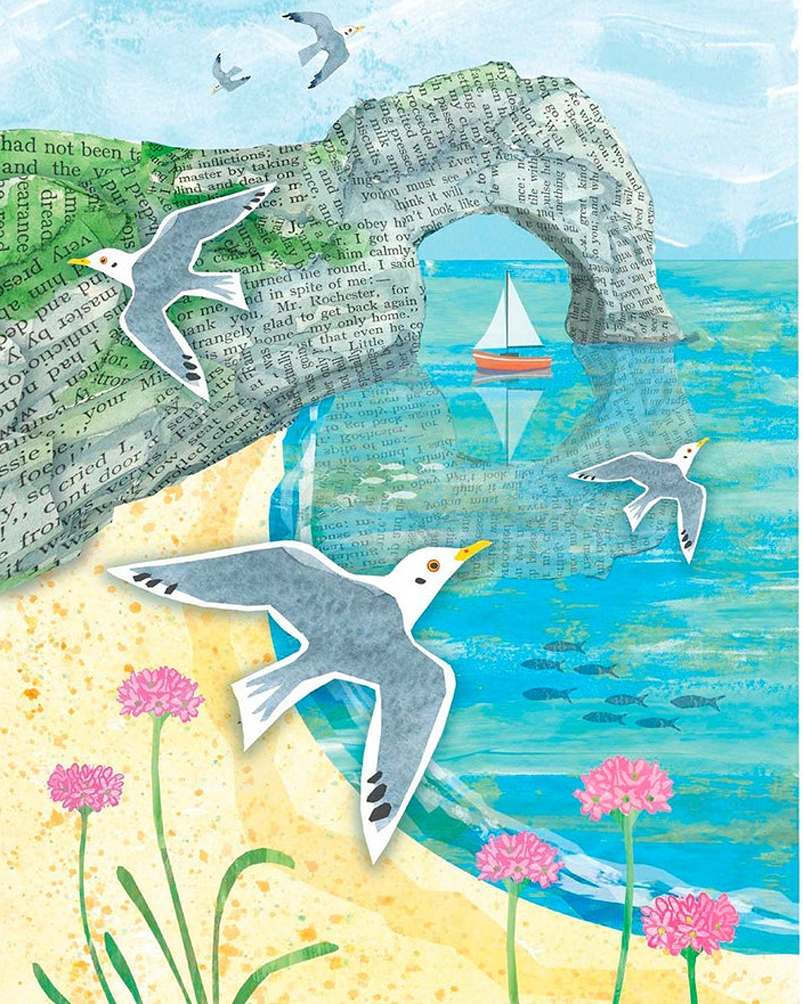What Exactly Is Snow (and how does it fall?)

England does not get as much snow as it used to (more common in January and February than at Christmas, especially in northern mountain regions). But there’s nothing more beautiful than soft whispery snow falling from the sky, leaving a blanket of white.
Read our tips on keeping safe in the snow (for people, pets and wildlife).
Snow is simply frozen water vapour, which then forms ice crystals in cold air. When they stick together, they tumble from the clouds to the ground as snowflake (each one a unique piece of nature’s art, affected by air temperature and moisture, to produce different patterns and sizes).
Snow is not just pretty, but forms a protective blanket for soil (stopping frosts from harming roots of trees and plants, so they can survive until spring).
Some creatures (like ladybirds) shuffle under leaf litter below snow, using its insulation to stay safe from cold outdoor air. Also read about England’s frosty mornings.
Is snow white? Not always, it simply looks that way, due to scattering wavelengths of light, rather than absorbing them. It’s more translucent (same with polar bears, their fur is translucent, not white). In some areas, algae can cause snow to absorb other colours, so can even be blue or ‘watermelon’ pink.
Are all snowflakes unique? Yes. The path and conditions of each one, gives a different shape. But all snowflakes have six sides (hexagonal).
It’s rare to get a ‘white Christmas’, because it’s more likely to snow from January to March, than December.
Where are England’s Snowiest Places?
England gets less snow than it used to (climate scientists say we may not have any snow by the end of the 21st century). Though at present, it still receives around 13 days of snow each year. Not surprisingly, this is more in the north (especially the Pennines and County Durham).
The Big Freezes of 1963 and 1947
In 1963, England was covered in a blanket of snow for three months. The Big Freeze began on Boxing Day 1962 and led to plummeting temperatures and tragedy (120 people died, half our bird population died, and even livestock starved as farmers could not reach them to deliver feed).
Caused by a high-pressure bringing bitter winds from the Arctic, this was the coldest winter in the UK for over 200 years, with many rivers and seas freezing. Road and rail travel becoming almost impassable due to snowdrifts (even deliveries of milk and coal were affected, and telephone lines were brought down).
In 1947, the North Wales town of Denbighshire had the largest snowfall ever recorded. Likewise, it brough similar issues (people had to climb out of upper-floor windows to escape their homes). Although the military was making vital food drops, the government was criticised for how it handled the crisis (including rationing electricity to 19 hours a day).
The weight of the snow was so severe that the roof of the Sophia Gardens pavilion in Cardiff collapsed, and the mid-March thaw caused flooding.
So although snow is beautiful, freak weather is not. We are now seeing more freak weather due to climate change.
So it’s not ‘just fun’ when people like Nigel Farage and President Trump deny what climate scientists say is real. It heeds to pay attention to science, not political rhetoric.






